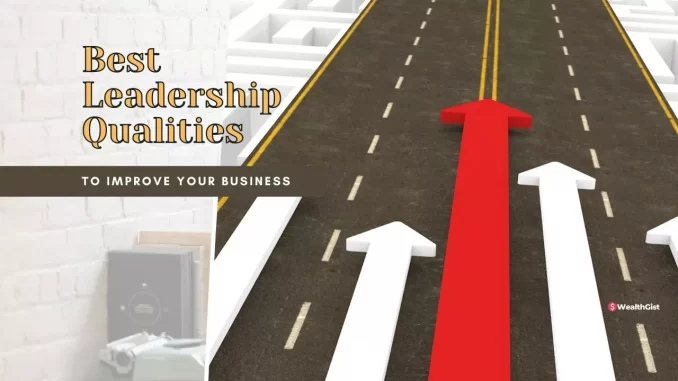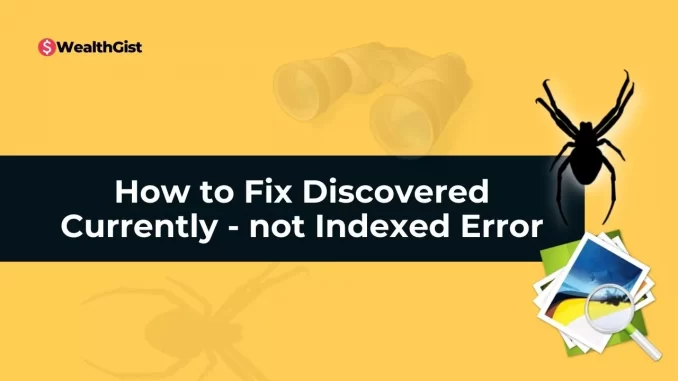“Time Thieves” are subtle or apparent culprits that eat away at our productivity during the day. Recognizing and combating these thieves can significantly improve your daily efficiency, whether you’re a student, a professional, or someone trying to make the most of your time.
Procrastination
Procrastination, often termed the “silent killer” of productivity, is delaying or postponing tasks. It can stem from various reasons: fear of failure, lack of motivation, indecision, or being overwhelmed by the task at hand.
Break Tasks into Smaller Steps
A colossal task or project can be intimidating. When faced with such a task, the mind often sees it as daunting, leading to avoidance behavior. Decompose the task into bite-sized portions. For example, if you have a report to write, start by:
– Outlining the main points
– Researching one section at a time
– Writing the introduction
The psychological advantage here is twofold: firstly, each sub-task feels achievable, and secondly, as you tick off these smaller tasks, you gain momentum and a sense of accomplishment.
The Pomodoro Technique
The human mind can only maintain focus for a limited period. Additionally, the mere thought of working on a task for hours can be off-putting. Francesco Cirillo’s Pomodoro Technique breaks work into intervals, traditionally 25 minutes long, separated by short breaks. Here’s how to apply it:
– Choose a Task: Decide on a task you’d like to work on, regardless of its size.
– Set a Timer: Traditionally for 25 minutes, but this can be adjusted based on individual preference.
– Work on the Task: Immerse yourself in the task until the timer rings, avoiding any distractions.
– Take a Short Break: This is your time to relax, around 5 minutes.
– Repeat: After every fourth cycle, take a more extended break, say 15-30 minutes.
This technique ensures you get regular breaks, preventing burnout and maintaining high levels of focus. Moreover, only working for a short period makes starting more manageable.
Additional Tips to Battle Procrastination
Think about the satisfaction or rewards of completing a task. Tell someone about your goal or even post it on social media. Public commitment often serves as an accountability tool. Collaborate with someone who has a similar plan. Work side-by-side, either physically or virtually, to motivate each other.
Create a dedicated workspace, and remove any unnecessary distractions. This could be digital, like turning off notifications, or physical, like cleaning your workspace. To fight procrastination, it is necessary to align your time management at the proper level properly. Learn techniques and use online platforms and helpers, such as free project management tools.
Understanding the roots of your procrastination and strategically tackling them with methods such as the above can help you turn procrastination from an adversary into a manageable aspect of human nature.
Digital Distractions
Notifications, social media pings, and the allure of internet browsing can easily divert our attention from pressing tasks, making digital distractions one of the significant challenges to overcome. Frequent checking of phones, mainly social media and messaging apps, can create a loop of distraction, where every few minutes, there’s an impulse to check for updates or new content.
Implement a “Digital Detox” regime. Decide on particular times in the day dedicated solely to checking your devices. This might be during breaks, lunch, or after completing significant work. For instance, during meals, family time, or when in a meeting, make it a rule to keep phones away. This not only aids in focus but also improves interpersonal interactions. Limit device usage an hour before bed to ensure better sleep and reduced screen exposure.
Disable non-essential notifications. This reduces the number of times your device lures you away from your work. Use apps like “StayFocusd” or “Freedom” to limit access to distracting websites during work hours. Create a space for work that is devoid of unnecessary digital devices. This simple act of mindfulness can prevent aimless browsing.
In essence, while digital tools have transformed how we work, play, and connect, it’s essential to set boundaries to harness their power without falling prey to their captivating distractions. A balance between connectivity and focused work is critical to maintaining productivity in our digitally saturated world.
Multitasking
Multitasking can lead to a constant state of semi-attention, where no single task receives your undivided focus. Allocate specific blocks of time to individual tasks. For example, dedicate the first two hours of your workday solely to Project A. Use tools like Google Calendar to set these blocks. Create an environment that minimizes interruptions during your time blocks.
This can include putting your phone on ‘Do Not Disturb,’ closing unnecessary browser tabs or setting up a physical “Do Not Disturb” sign at your workspace. Make it a rule that you will only move on to another task once you’ve either completed the current job or reached a significant milestone.
– Set Mini-Goals: Set achievable objectives to maintain focus and measure progress before starting a task.
– Batch Similar Tasks: Some tasks are similar but less cognitively demanding (like responding to emails). You can batch these together in a single time block.
– Use Reminders: If a different task comes to mind while working, jot it down for later rather than switching jobs.
– Practice Mindfulness: Being fully present can help you become aware when you’re drifting into multitasking.
Perfectionism
The drive to perfect everything can lead to inefficiency, stress, and dissatisfaction. It can prevent you from completing tasks within a reasonable time frame.
· 80/20 Rule (Pareto Principle):
Perfectionism often causes you to spend disproportionate time on minute details that don’t significantly impact the final result. Identify and focus on the 20% of efforts that bring 80% of the results. This is often the core of the task at hand. Learn to let go of elements that don’t significantly contribute to the outcome but consume a lot of time.
· Set Clear Objectives:
Without a clear endpoint, perfectionism can keep you endlessly tinkering with a project. Define what “good enough” means for each task. Use these criteria to assess when to stop working on it. Celebrate small wins and acknowledge that not everything has to be perfect to be excellent. By setting clear boundaries and objectives while focusing on the most impactful aspects of your work, you can combat the time-stealing effects of unplanned interruptions and perfectionism.









